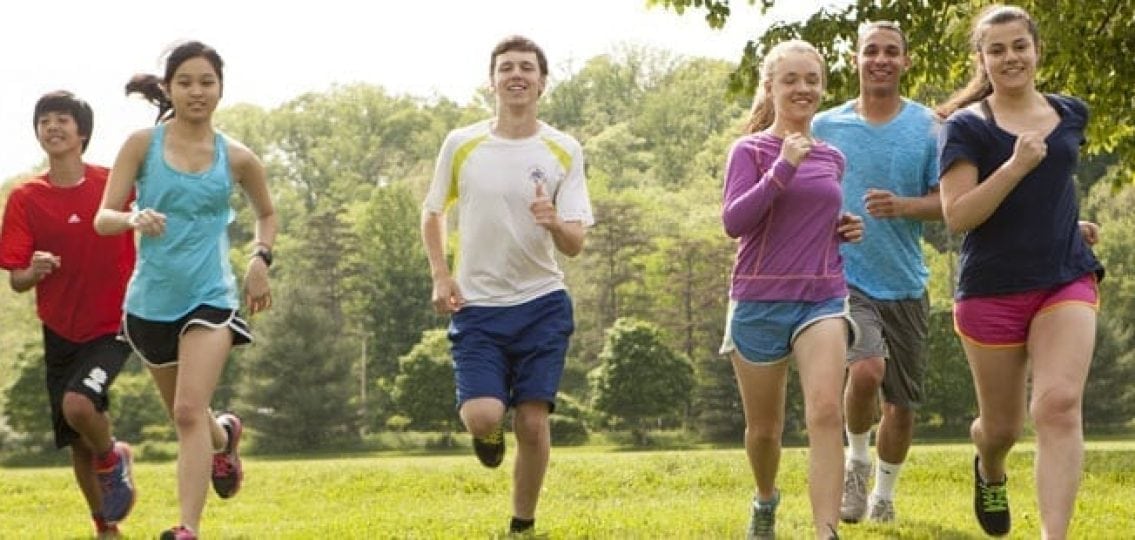 Is your teenager active enough? In a time of technology, social media and now social isolation, are your teenagers getting enough exercise to keep them healthy now and in the future? Are Australian teenagers meeting the physical activity guidelines? Unfortunately, the answer is no. 80% of teenagers around the world are not meeting the exercise recommendations for their age. Australia is ranked 140 out of 146 counties surveyed for teenage exercise levels, so we are literally dropping the ball when it comes to being active enough. Are there differences between boys and girls when it comes to activity levels? There is a trend that girls are less active than boys. The data shows that 85% of girls are physically inactive compared to 78% of boys. This is consistent in all but four countries around the world. In Australia, less than 1 in 10 adolescents aged 12 to 18 are meeting the recommended levels of physical activity. What are the health risks for teenagers when they are not active enough? There are a number of health concerns for teenagers now and in the future. The short term effects of inactivity on teenagers is their body shape with 30% of kids aged 14-17 being classified as overweight or obese. Secondly, the risk of depression and mental health issues increase with increased sitting time and screen time. In addition to these we are also seeing increasing numbers of children being diagnosed with type 2 diabetes, which is a chronic condition that usually presents later in life from a poor lifestyle. Long term effects of inactivity in adolescence may be effects on bone and cardiometabolic health which increases their risk of chronic diseases later on in life including type 2 diabetes, heart disease, high cholesterol and others. How much exercise is recommended for teenagers? The Australian physical activity guidelines recommend that children between the ages of 5 and 17
What can parents do to increase our teenagers physical activity levels? As parents and caregivers we need to be positive role models in our children’s lives. If we encourage and undertake exercise with our children from an early age it instills a positive relationship and enjoyment of activity from that young age. Choosing family activities that are active such as walking, bike riding, organised sport, hiking, water skiing etc, also assist in encouraging activity and positive social relationships. And just like us, we need to find something that kids enjoy doing, because if we don’t enjoy undertaking an activity, we are not going to stick with it, it doesn’t matter who you are! Lisa Parkinson Accredited Exercise Physiologist
2 Comments
Your comment will be posted after it is approved.
Leave a Reply. |
AuthorSLisa Parkinson Archives
July 2024
Categories
All
|

 RSS Feed
RSS Feed